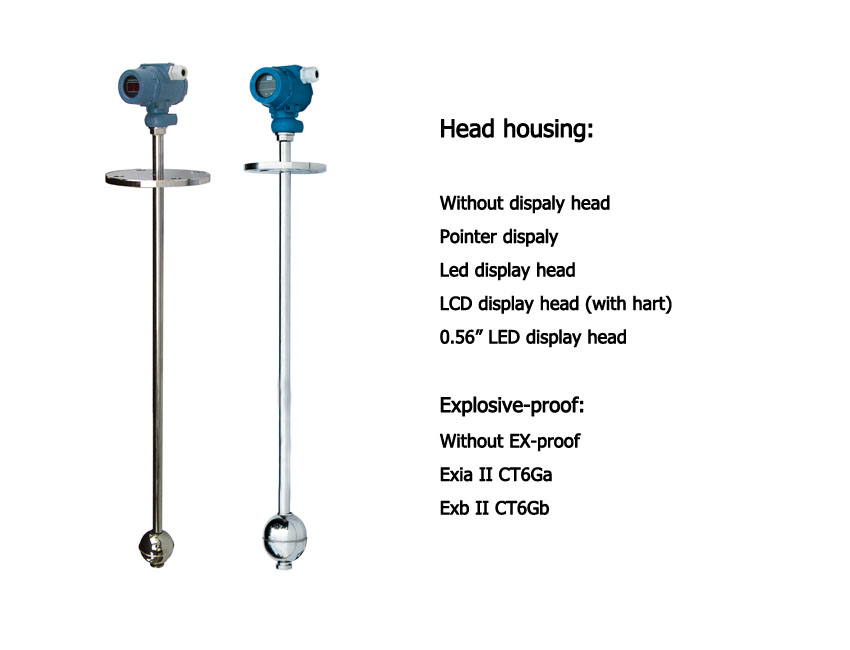The float level gauge is designed and worked according to the Archimedes buoyancy principle. Because it has a very wide range of applications in food, petrochemical, environmental protection and other industries, and the working conditions in these occasions are complex and diverse, it will be difficult to be accurate if the selection is not appropriate. It can’t even be used for liquid level measurement. So, how to choose the right float level gauge when buying? First of all, the choice of float level gauge should be based on the physical and chemical properties of the measured medium.The diameter, flow range, lining material, electrode material and output current of the float level gauge that you choose to purchase should meet the nature of the measured medium and the requirements for flow measurement.Secondly, when choosing a float level gauge, the density of the measured medium should be considered, and no magnetic substance should be ensured in the application environment.Since the float level gauge works by the principle of magnetic coupling and the principle of buoyancy, we need to consider the density of the measured liquid medium and whether there is a magnetic substance in the measured liquid. If the measured liquid contains magnetic substances, it will affect the normal operation of the liquid level measurement.Third, when the measured medium contains more impurities, it is best not to use a float level gauge for liquid level measurement.The floating ball level gauge works according to the principle of buoyancy. The floating ball moves up and down with the change of the liquid level in the container, thereby realizing the measurement and control of the liquid level. If there are many impurities in the medium, the floating ball is easy to be stuck, which affects the smooth progress of the liquid level measurement. Therefore, if there are many impurities in the measured medium, it is not appropriate to use a float level gauge for liquid level measurement.Finally, the material of the float level gauge and the length of the connecting rod need to be determined according to the specific working conditions.
If the measured liquid is a general corrosive liquid, the choice of 304 or 316L material can meet the measurement needs. But if the corrosiveness of the measured liquid is strengthened, then the probe, float and process connection of the float level gauge need to be made of PP or PTFE. In addition, because the float needs to be limited when moving up and down, the length of the connecting rod should be greater than the range. In order to avoid the occurrence of inconsistency between the specifications of the connecting rod and the range, the user should confirm the float with the manufacturer when purchasing the float level timer. The specific length of the connecting rod should be selected for the ball level gauge.

Post time: 21-09-21
